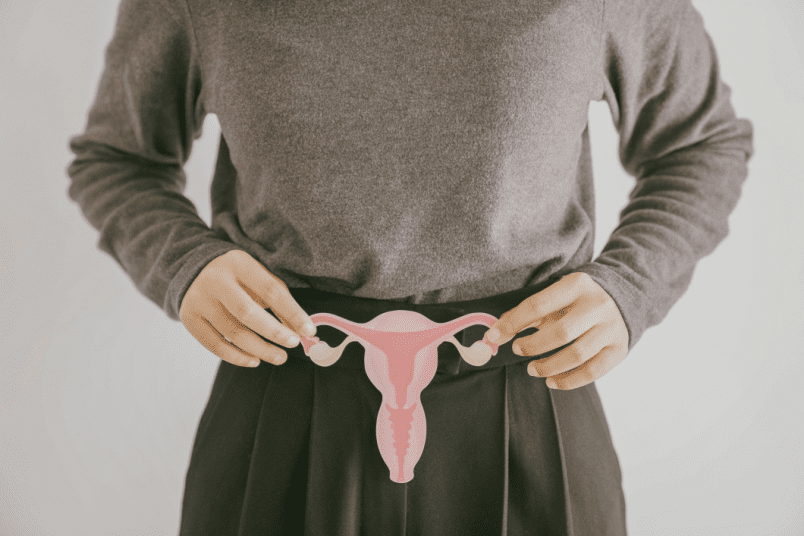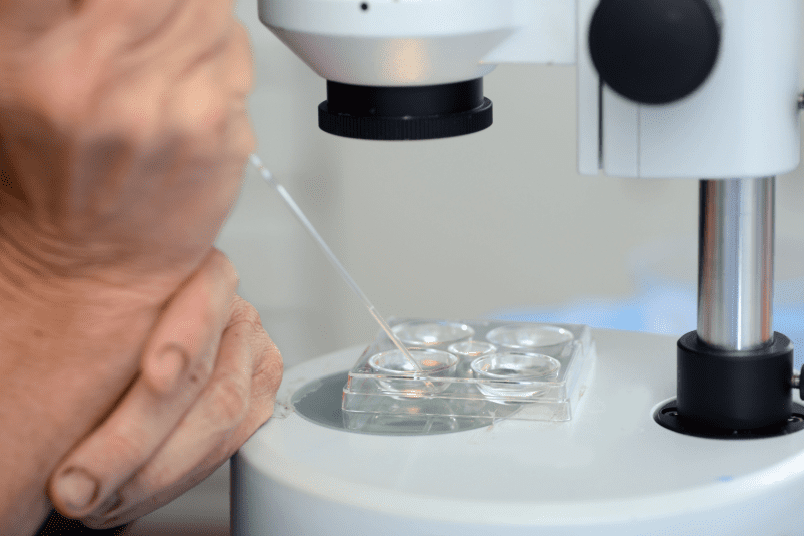Endometrial Receptivity Analysis or ERA test is a test used to assess the uterine lining receptivity in women who have experienced multiple unsuccessful attempts to conceive. By analyzing the optimal time with maximum chances of embryo implantation during IVF,, this test can help to determine the optimal timing for embryo transfer, thus increasing the likelihood of successful pregnancy in women with recurrent miscarriage.
Understanding the cause for repeated failure of pregnancy

Couples who experience repeated pregnancy failures can find themselves in a difficult and emotionally taxing situation. Repeated failure of pregnancy can be attributed to a variety of factors such as:
Chromosomal abnormalities: Chromosomal abnormalities in the egg or sperm can result in early miscarriages, as well as structural problems in the uterus, including fibroids and polyps, which may impede implantation or result in complications during pregnancy. Furthermore, hormonal imbalances, such as thyroid disorders or Polycystic Ovary Syndrome (PCOS), can affect fertility and lead to recurrent pregnancy loss.
Autoimmune disorders: In autoimmune disorders, the immune system mistakenly attacks the embryo. In conditions such as thrombophilia, the risk of blood clot formation increases and the blood supply to the placenta is impaired, leading to miscarriage.
Lifestyle factors: Factors including smoking, heavy drinking, and being overweight or underweight can have a negative effect on fertility and increase the likelihood of having multiple unsuccessful pregnancies. Advanced maternal age plays an important role as women over 35 have a higher incidence of chromosome abnormalities in their eggs.
Genetic factors and familial predisposition: Genetic mutations may also influence the occurrence of repeated abortions.
What is The Window of Receptivity?

The uterine receptivity window is a brief period of time in the menstrual cycle during which the lining of uterus is optimally prepared for receiving the embryo, leading to successful pregnancy.
During this window, the endometrium undergoes certain changes to become more receptive to the incoming embryo. The blood flow to the uterus increases and the inner lining of the uterus produces certain chemicals which favor successful pregnancy.
Window of implantation is around day 20 of a 28 day cycle. It lasts for 3-4 days.. It may, however, vary for women with longer or shorter cycles.If the uterus is exposed to a healthy embryo at this time, pregnancy happens.
In IVF, the embryo is transferred back into the uterus at this time with maximum chances of successful implantation. Endometrial Receptivity Analysis (ERA) test has revolutionized the process of determining the time of maximum implantation potential of the uterus, thus enhancing the likelihood of successful pregnancy for couples with fertility issues.
How does the ERA test work?

The Endometrial Receptivity Analysis (ERA) test is used to assess the optimal window of endometrial receptivity for embryo implantation during assisted reproductive procedures, such as in vitro fertilization (IVF).
The ERA test involves a series of steps:
Endometrial biopsy: A uterine biopsy is performed during a woman’s natural cycle or hormone replacement cycle. A thin catheter is used to collect a small sample of the uterine lining. The collection of the uterine biopsy occurs 7 days after the luteinizing hormone (LH) surge during a natural cycle.
Molecular analysis: The tissue sample collected is then analyzed for the expression of 248 genes that are involved in the development of endometrium receptivity. The gene expression profile is used to determine if the endometrium is “receptive” or “not-receptive” at that particular time.
Personalized timing: The ERA test utilizes gene expression data to determine when the endometrium is most receptive for each individual.
Treatment adjustment: Embryo transfer during assisted reproductive procedures can now be tailored to the patient’s particular window of receptivity, thus increasing the likelihood of successful pregnancy. This personalized approach ensures that the embryo is inserted into the uterine lining at its most receptive point.
The ERA test represents a significant advancement in assisted reproductive technology, offering a personalized approach to time the embryo transfer, correctly. By analyzing the molecular status of the endometrial lining, it helps identify the precise window of implantation for each individual. This tailored approach holds promise for couples facing recurrent pregnancy failures, as it maximizes the chances of a successful pregnancy.
NU Fertility at NU Hospitals, based in Bangalore, provides modern treatment options for women suffering from recurrent pregnancy loss. The doctors at NU Fertility have many years of experience in the field of reproductive health and are trained to handle even the most sensitive cases with expertise and precision. If you want to know more about ERA testing, get in touch with NU fertility specialists.
References:
- Mahajan N. (2015). Endometrial receptivity array: Clinical application. Journal of human reproductive sciences, 8(3), 121–129. https://www.ncbi.nlm.nih.gov/pmc/articles/PMC4601169/.
- Recurrent pregnancy loss. UCLA HEALTH. https://www.uclahealth.org/medical-services/obgyn/conditions-treated/recurrent-pregnancy-loss.
- Understanding Repeated Pregnancy Loss. Stanford Medicine. https://www.stanfordchildrens.org/en/topic/default?id=understanding-repeated-pregnancy-loss-1-2074.
- Liu, Z., Liu, X., Wang, M., et al. (2022). The Clinical Efficacy of Personalized Embryo Transfer Guided by the Endometrial Receptivity Array/Analysis on IVF/ICSI Outcomes: A Systematic Review and Meta-Analysis. Frontiers in physiology, 13, 841437. https://pubmed.ncbi.nlm.nih.gov/35574479/.
Author: Dr. Sneha J



